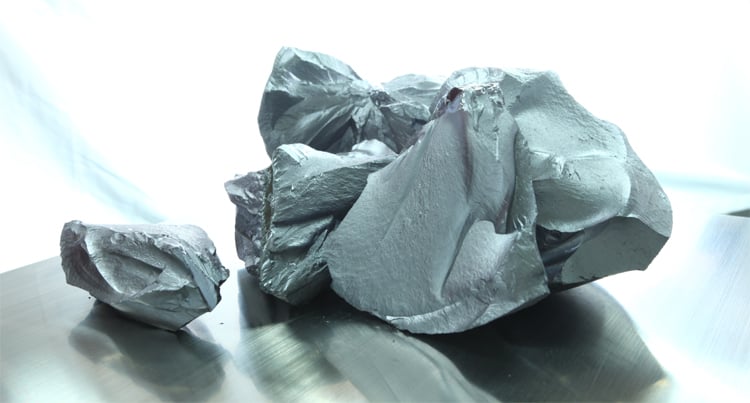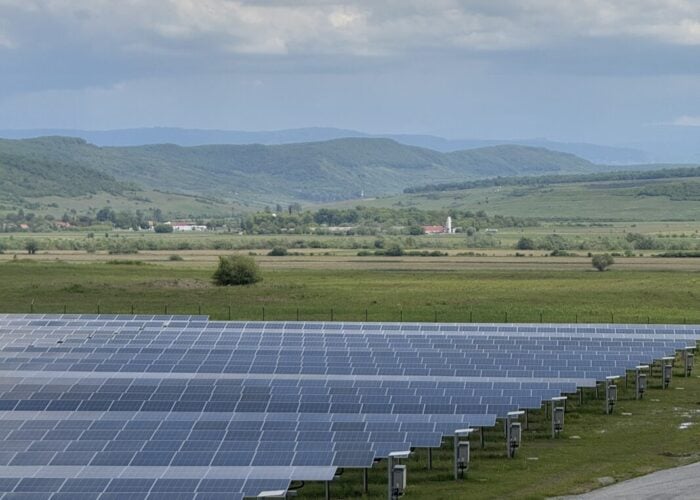
Chinese energy firm TBEA is planning to invest RMB6 billion (US$938 million) to set up a polysilicon production facility with an annual output of 400,000MT in China’s Inner Mongolia region.
TBEA will build the facility in two phases, each with 200,000MT of output per year. Construction of the first phase is set to begin in the next month and is expected to be completed within 12 months.
Try Premium for just $1
- Full premium access for the first month at only $1
- Converts to an annual rate after 30 days unless cancelled
- Cancel anytime during the trial period
Premium Benefits
- Expert industry analysis and interviews
- Digital access to PV Tech Power journal
- Exclusive event discounts
Or get the full Premium subscription right away
Or continue reading this article for free
According to an agreement signed with local authorities last week, TBEA will also develop 5GW of renewables projects in Inner Mongolia, with the company looking to take advantage of solar and wind resources near the city of Baotou.
The polysilicon production investment will complement an additional 200,000MT polysilicon production complex that TBEA subsidiary Xinte Energy is looking to set up near Baotou. Xinte Energy raised RMB 2.3 billion from TBEA earlier to support the ramp-up of the facility, which will produce polysilicon suitable for use in n-type silicon wafers.
TBEA said its investment responds to China’s aim of reaching peak carbon emissions by 2030 and carbon neutrality by 2060.






